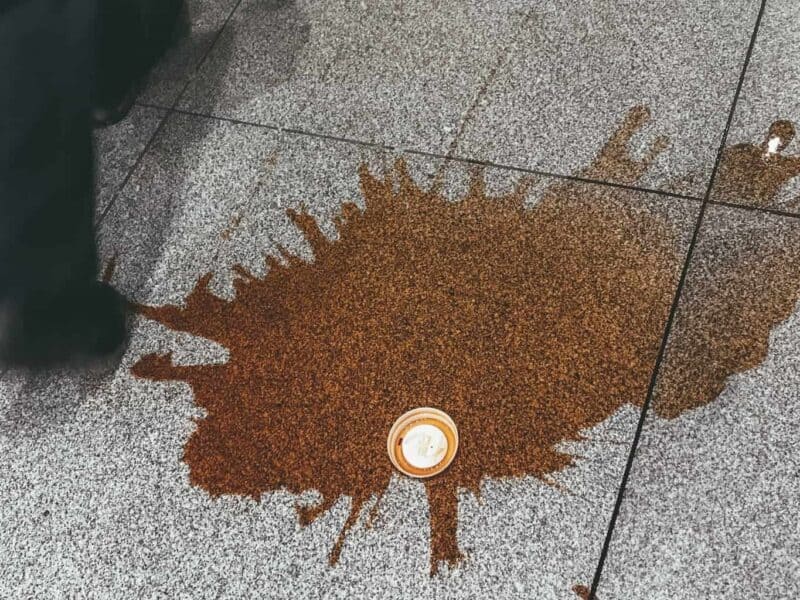
Stone or quarry tile restoration needs care and time if the original surfaces are not to be damaged. As stone and quarry tiles are not made of the same material, there are different ways of treating them so they will need to be dealt with separately.
Warnings About Restoring Floor Tiles
One thing that stone and quarry tiles have in common is that , when trying to restore them, you should try the least harsh treatments first, then go on to more dangerous ones if they don’t work or have not worked completely.
It is easy to go from a soft treatment to a hard one but if a harsh treatment damages a tile then it will be much more difficult to save it.
It’s also worth trying any new products or treatments in an area where they won’t show, such as a corner, behind a door or under a piece of furniture. Then if there is an adverse reaction it won’t ruin the look of the whole floor.
Quarry Tiles Versus Stone Tiles
Stone tiles are, as the name suggests made from stone taken from a quarry. Just to confuse the issue, quarry tiles are not stone and are not taken from a quarry, at least not a stone quarry. Quarry tiles are made from clay using a very similar process to terracotta tiles, but are thinner and less porous, being denser.
Stone tiles can be subject to harsher treatment than quarry tiles although that’s not giving license to treat them badly. It’s just recognition that stone tiles are not as porous and are harder wearing than quarry tiles.
Paint Removal from Stone Tiles
If you have paint on stone tiles then chip the bulk of it off with a plastic or wooden scraper and then use a paint remover that’s designed for stone tiles for the rest. Try and find one that forms a poultice, then dissolves and lifts the paint, rather than a liquid.
If you have small bits of paint left in the crevices of the stone surface, use a liquid paint remover but don’t leave it on any longer than the manufacturer’s directions. Scrub it with an old toothbrush before removing the product and the paint as well.
Stone can then be polished with an abrasive compound but make sure it’s one that’s recommended for your particular stone, as there are many different types.
Sealing can help prevent staining and damage from spills but again make sure that it’s the right sealant for your type of stone and the mortar or grout that was used when the floor was laid.
Quarry Tiles
The same advice applies with the paint removing tactics but look for a paint remover that’s rated for use on terracotta or quarry tiles. With stains and residue, perhaps concrete, old sealer or grout, use a proprietary stain remover.
Although you can rub away at stains and residue, it is imperative not to use any abrasive substance or method on quarry tiles. The shiny surface on these tiles is the ‘face’ that is created when the tiles are fired in a kiln and if that protective and decorative top layer is worn through then the tiles will very quickly deteriorate.
Linseed Oil for Quarry Tiles
Once the major problems have been removed most people recommend scrubbing with linseed oil to clean and protect the tiles. But it takes a long time and frequent applications to build up a protective layer and some companies say that it attracts dirt.
These are however, usually companies that sell alternatives so you can take their advice with a pinch of salt.
Sealants and Cleaners
One final word about sealants, and this applies to both quarry tiles and stone tiles. If you do put a sealant on over the tiles after restoring them then make sure you use a cleaner that won’t destroy the sealant.
The easiest way to achieve this is to buy both the sealant and the cleaner from the same firm. Bear in mind that sealant won’t last for ever as well, in high traffic areas three years is a good lifetime for floor tile sealant.


